Battery-Powered GPS Trackers
Connect more of the assets that matter with our range of GPS trackers with long battery life.

Learn how GeoTracker is simplifying and supplementing real-time location systems with the Oyster Edge Indoor and Outdoor battery-powered asset tracking device, Bluetooth® Low Energy, and custom mapping solutions.
Real-time locating systems (RTLS) are used to automatically identify and track the location of assets in real-time.
With many different RTLS technologies available, such as RFID, Ultra-Wide Band (UWB), Bluetooth Low Energy, Wi-Fi, and more, most of the barriers to the deployment of RTLS according to ABI Research point to the fragmentation of existing solutions, which impacts the total cost of ownership, implementation complexity, technology management, and uncertainties around reliability and maturity levels.
“Working with clients across healthcare, manufacturing, and logistics, we realized many existing RTLS solutions are inaccessible,” says Ravi Tolani, Co-Founder of GeoTracker. “If you look at the market today, there are too many technology options, RTLS can take a long to set up, and it can get very expensive.”
Additionally, many existing RTLS solutions are designed for indoor location tracking only; if a tagged asset leaves the building or indoor vicinity, it can no longer be tracked.
“Transiting from indoor to outdoor has also been a big challenge in the industry,” says Tolani. “If you’re tracking your pallets in a factory or wheelchairs in a hospital and they transition outdoors or across locations, you’re going to lose sight of that asset.”

GeoTracker asset location
Utilizing the Oyster Edge, GeoTracker is simplifying and supplementing existing real-time location systems by offering a full Indoor-to-Outdoor asset tracking and management solution.
The Oyster Edge is a Cellular LTE-M/NB-IoT battery-powered Indoor/Outdoor asset tracking device and Bluetooth Low Energy Gateway. The ultra-rugged IP67 enclosure is waterproof and dust-resistant which enables the device to be deployed in harsh conditions.
Installed on assets such as critical medical equipment, hospital beds, wheelchairs, pallets, and more, the Oyster Edge combines GNSS (GPS, BeiDou), Cell Tower Location, and Wi-Fi scanning for a full indoor-to-outdoor location tracking solution.
Additionally, the Oyster Edge also functions as a mobile Bluetooth Low Energy Gateway and can collect and transmit data from many third-party Bluetooth tags, sensors, and accessories once integrated.
Custom maps are loaded into the GeoTracker platform.

GeoTracker IoT Platform
Custom mapping example in GeoTracker IoT Platform
A Bluetooth tag is then mounted in each room of the indoor environment for room and floor-level location tracking.
“The Bluetooth tags we utilize have a range of approximately 100 feet (30 m) and are much more affordable than deploying some other RTLS gateways,” says Tolani. “Each room in the location only requires one Bluetooth Tag.”
Featuring smarter movement-based tracking, when the Oyster Edge moves, it triggers a location scan while sniffing for nearby Bluetooth IDs. The data is transmitted to the GeoTracker platform where the asset’s room-level position is then calculated based on the location scan in addition to the proximity of the specific Bluetooth IDs.
Smart filtering techniques on the Oyster Edge allow the device to detect specific Bluetooth accessories more efficiently, reducing cellular data usage and simplifying the integration overhead of needing to filter out unwanted tags on the end platform.
If the asset leaves the vicinity completely, GNSS on the Oyster Edge enables a full outdoor tracking solution.
“Many assets in hospitals, warehouses, and factories don’t remain indoors all of the time,” says Tolani. “Not only are we able to provide room and floor-level indoor position accuracy, but we can also continue to track the asset if it is removed from the building, transitioned between locations, misplaced, or stolen.”
With geofencing support, the GeoTracker platform also alerts users if an asset has left not only the building but the surrounding location to aid in recovery.
With a range of Intelligent Power Management features including cloud-based location solving, the Oyster Edge can operate between 1 and 10 years before requiring a battery change, depending on how the device is configured and how often the asset is moving. The Oyster Edge uses AA batteries which can be easily swapped in the field.
“Long battery life is obviously imperative for this type of application,” says Tolani. “It’s not going to make commercial sense if we must swap out the batteries every few weeks, or even months. Low battery alerts on the Oyster Edge also ensure we are changing batteries before any data is lost.”
More than “one-third of nurses spend at least an hour finding items of equipment during an average hospital shift,” according to a survey by Nursing Times.
In addition to reducing the amount of time it takes searching for equipment, GeoTracker’s RTLS solution enhances safety and security, improves operations efficiency, streamlines regulatory compliance, and reduces capital expenditure (CAPEX).
RTLS technology can also contribute to higher patient care and satisfaction levels by showing the real-time locations of critical tagged mobile medical equipment.
“We are making RTLS and asset tracking more approachable for businesses of all sizes,” says Tolani. “The addition of seamless indoor-to-outdoor location tracking also enhances existing solutions on the market.”

Related Case Studies
Battery selection plays an important role in determining how well a data logger performs in the field. This is especially important in challenging thermal environments or in scenarios where the data logger needs to power demanding sensors.
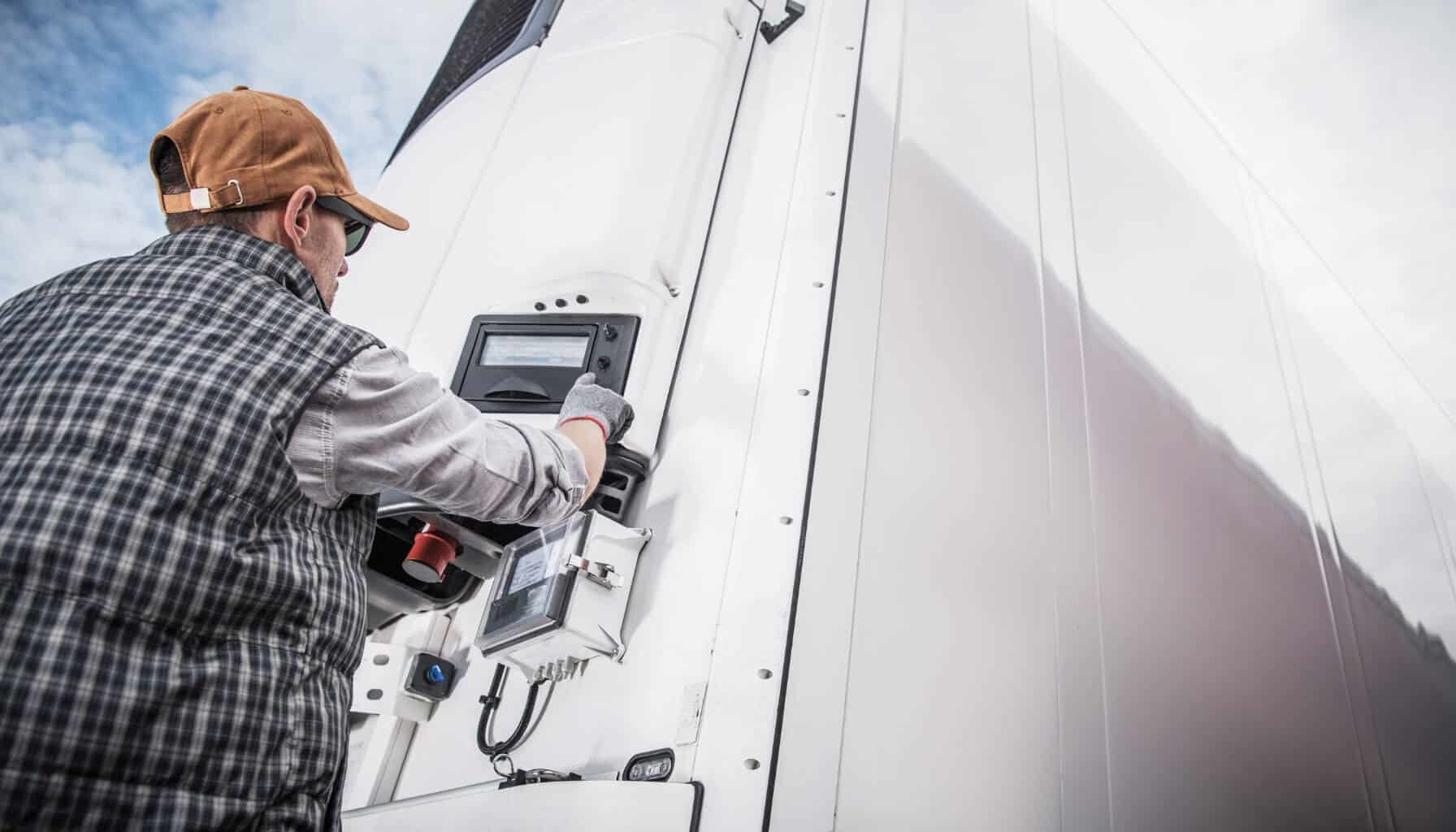
Related Case Studies
In today’s world, the need for precise sensor monitoring is becoming more and more prevalent. Temperature and humidity sensors are among some of the monitoring tools that play a pivotal role in maintaining optimal conditions for many industries, from cold chain logistics, healthcare, all the way to agriculture. This article will explore the fundamentals of temperature and humidity monitoring, the technology, applications, and role of data loggers for communicating temperature and humidity data.

Related Case Studies
What is an NB-IoT Data Logger? Data and real-time insights allow businesses to optimize operations, monitor conditions, and make informed data-driven decisions. NB-IoT data loggers play a pivotal role in ensuring businesses are equipped with the right data, at the right time. NB-IoT data loggers allow for wireless, remote data collection from sensors, allowing businesses to capture integral data without any manual effort.

Related Case Studies
Agriculture is rapidly evolving with the integration of IoT technology, enabling farmers and agribusinesses to optimize operations, increase yields, and enhance sustainability. By leveraging remote sensors and data loggers, such as the Hawk, agricultural professionals can gain real-time insights into environmental conditions, equipment usage, and livestock movement to make data-driven decisions.
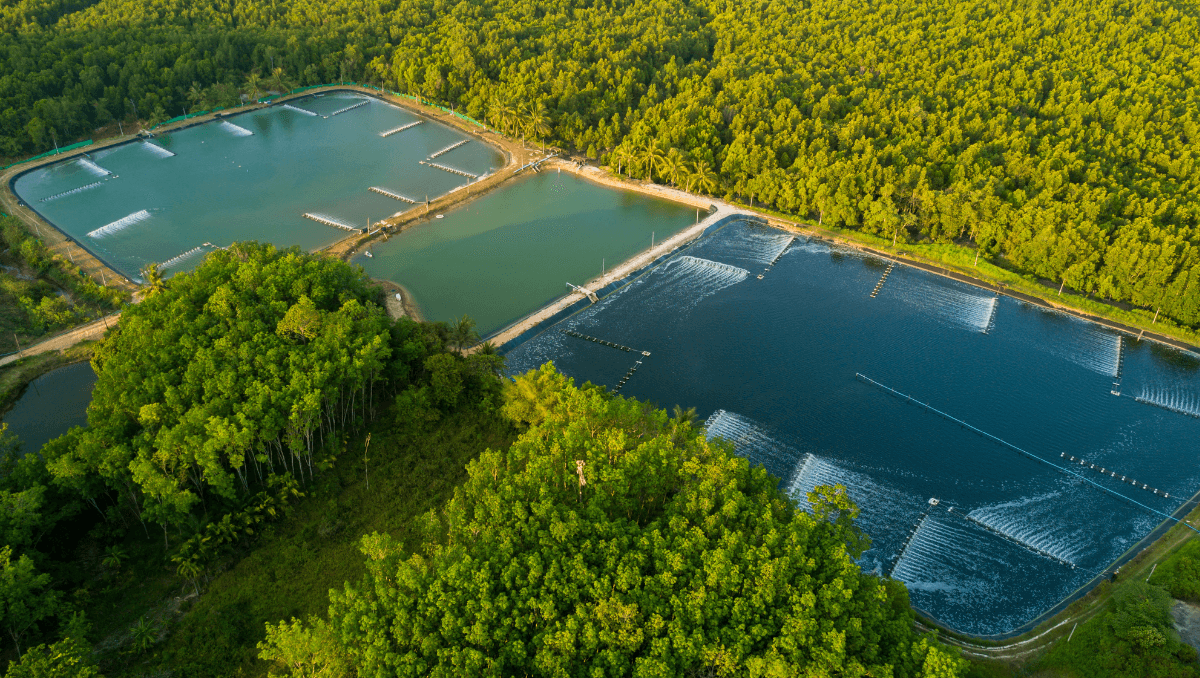
Related Case Studies
IoT plays an integral role in the modernization of smarter water management, allowing for greater efficiency, improved resource allocation and, enhanced sustainability. Learn how IoT has improved water management practices and discover the technology making this possible for industries around the world.
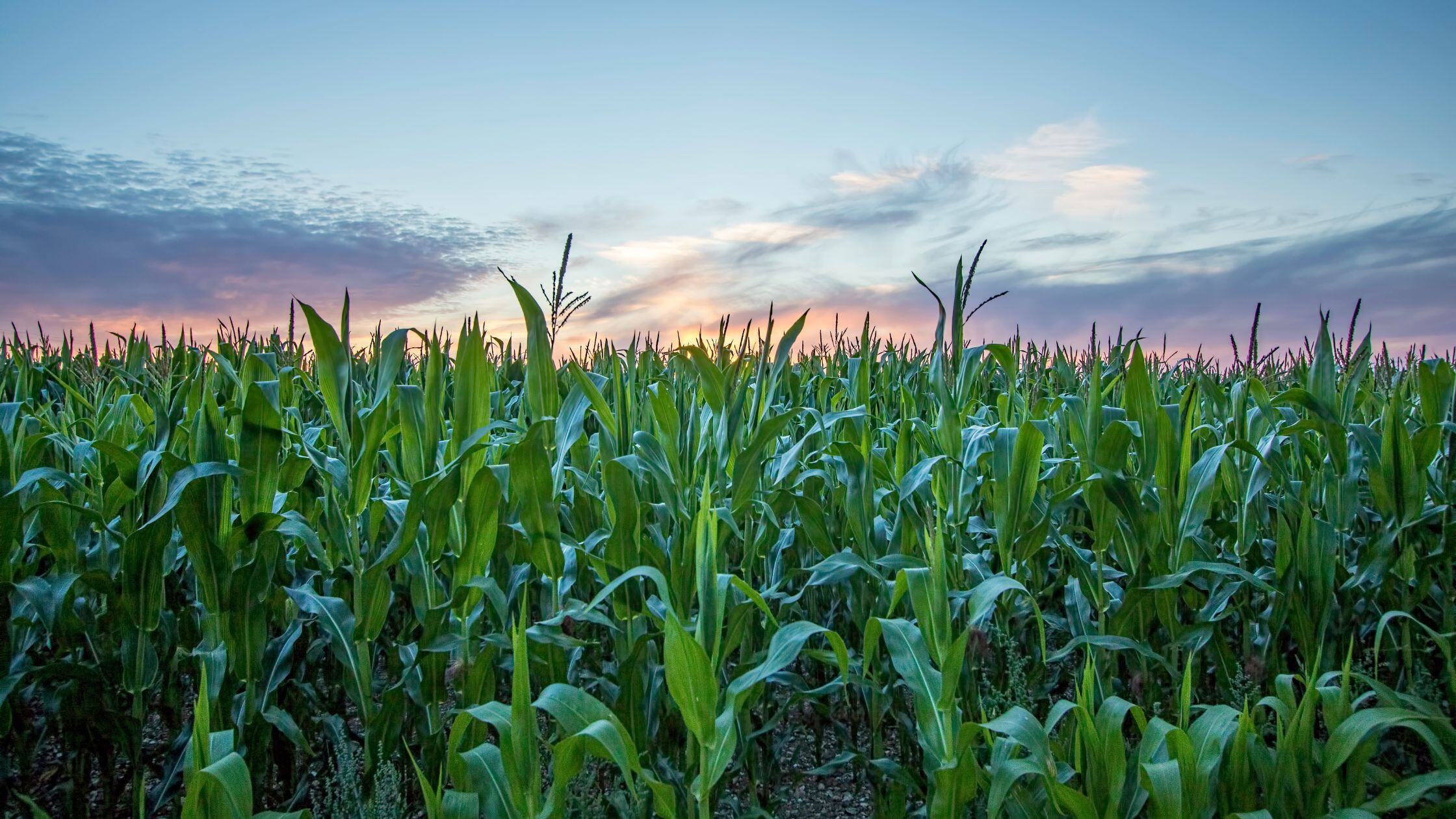
Related Case Studies
A Bluetooth® data logger can be used in sensor monitoring, utilizing Bluetooth Low Energy (BLE) to read data captured by a variety of sensors and tags. Bluetooth technology offers a cost-effective, energy-efficient solution for remote sensor monitoring, with its' low power consumption and ease of deployment. Discover the various sensors that utilize Bluetooth technology, their practical applications, and how they compare with other wireless solutions.

Related Case Studies
We have iterated on the low-power design DNA that permeates our entire product range to create a Hawk that can run for years using low-cost, Alkaline D Cell batteries.
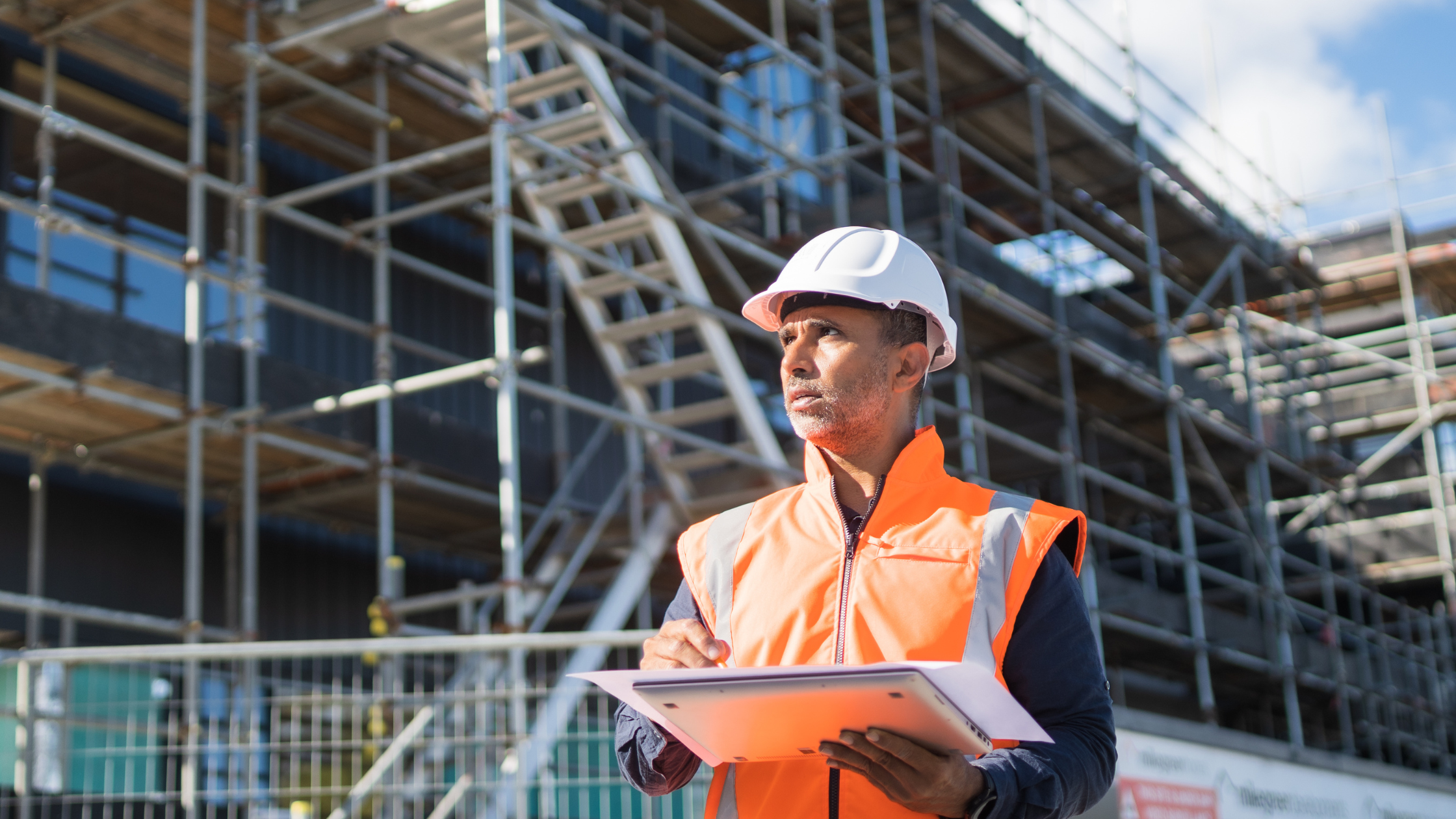
Related Case Studies
Remote task management leverages IoT technology to facilitate the real-time control and monitoring of devices and systems. Utilizing IoT sensors, a series of parameters can be remotely monitored from anywhere in the world, with data sent to a designated end-platform for analysis and task automation.
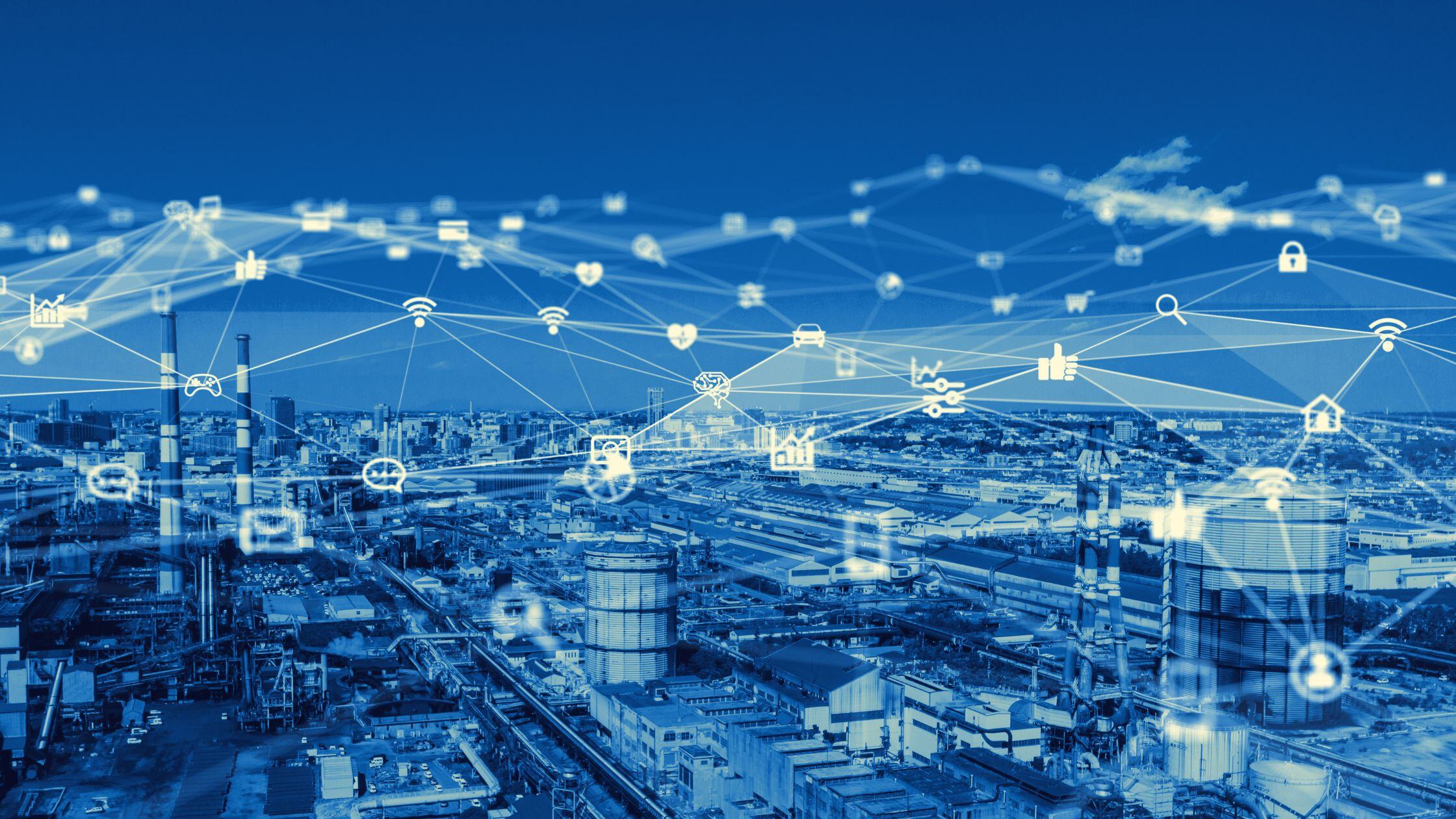
Related Case Studies
Modbus protocols are utilized in many industries such as industrial automation, building automation, and utility. Modbus offers an intuitive master-slave architecture that provides crucial data that aids in making timely decisions. Modbus remains a cornerstone in sensor monitoring due to its reliability, ease of implementation, and broad industry acceptance. Modbus data loggers help translate the data captured from Modbus protocols into a cloud-based platform to allow for remote monitoring.
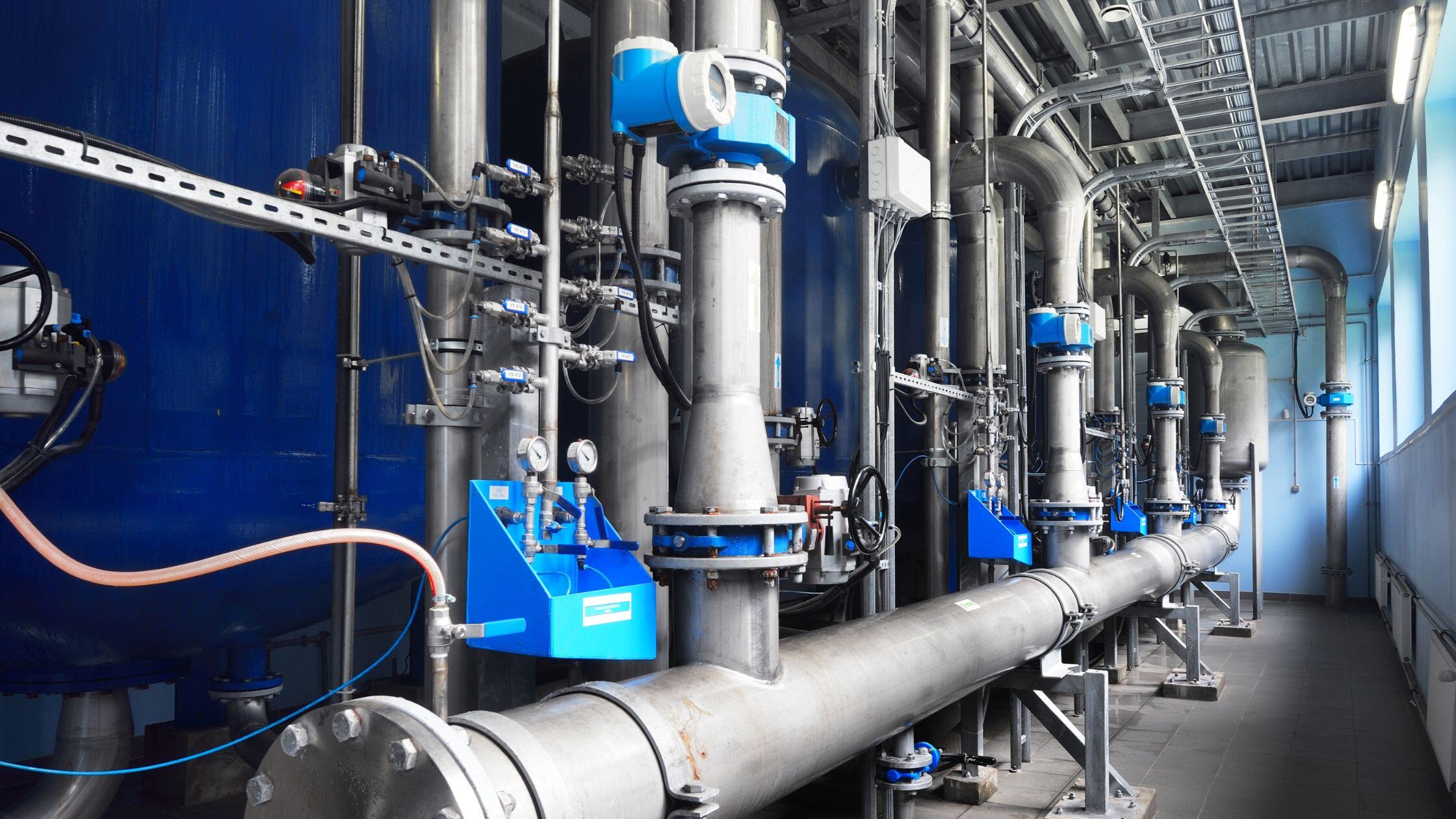
Related Case Studies
Water pressure management refers to monitoring and controlling the pressure within water systems. These systems comprise three components: a sensor, a water pressure datalogger, and a cloud-based platform.
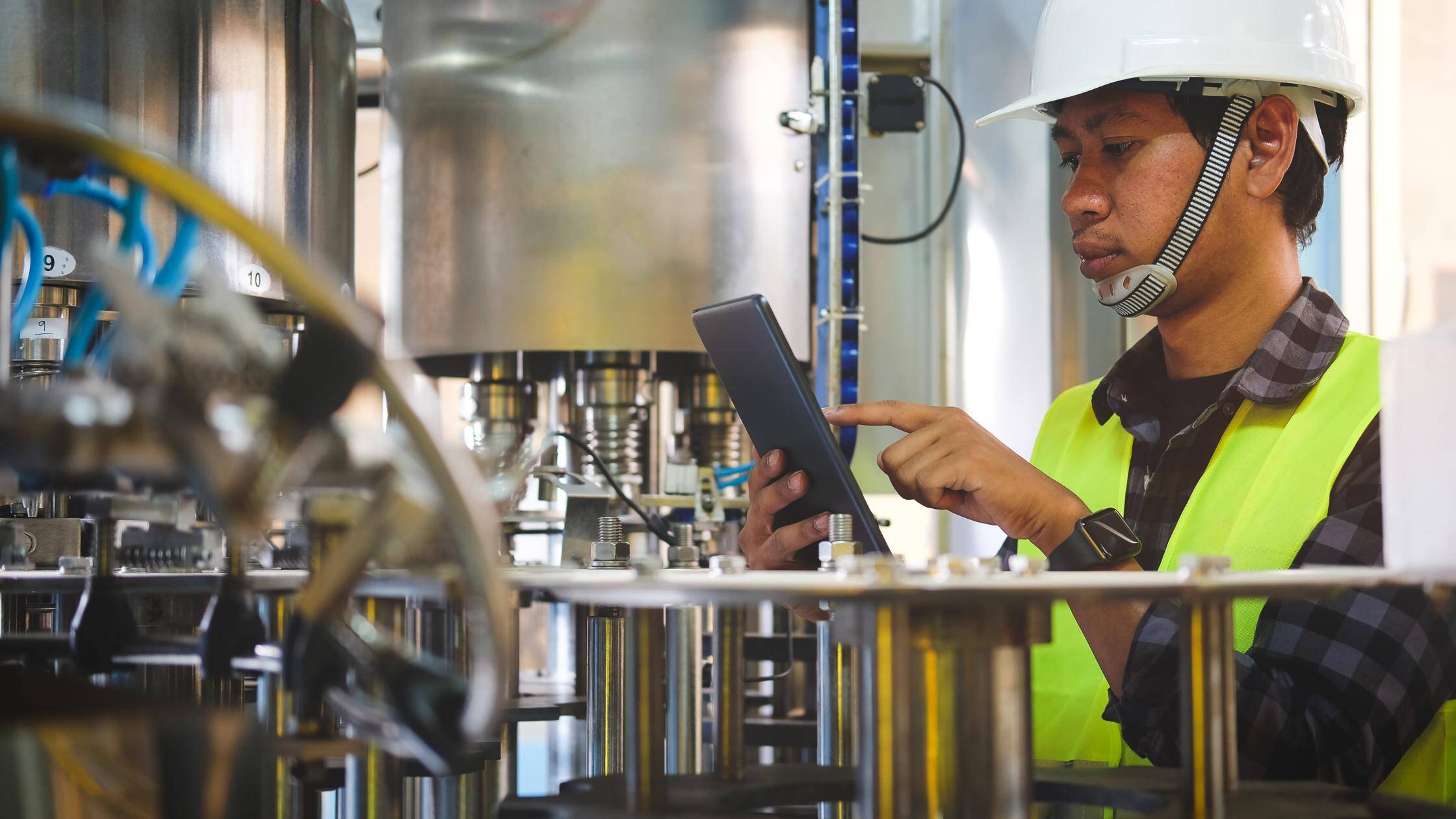
Related Case Studies
RS-485 is essential in industrial and building management systems, offering reliable long-distance communication and multi-device support. Its robust features ensure efficient sensor monitoring and data transmission in various applications, from automation to utility networks.
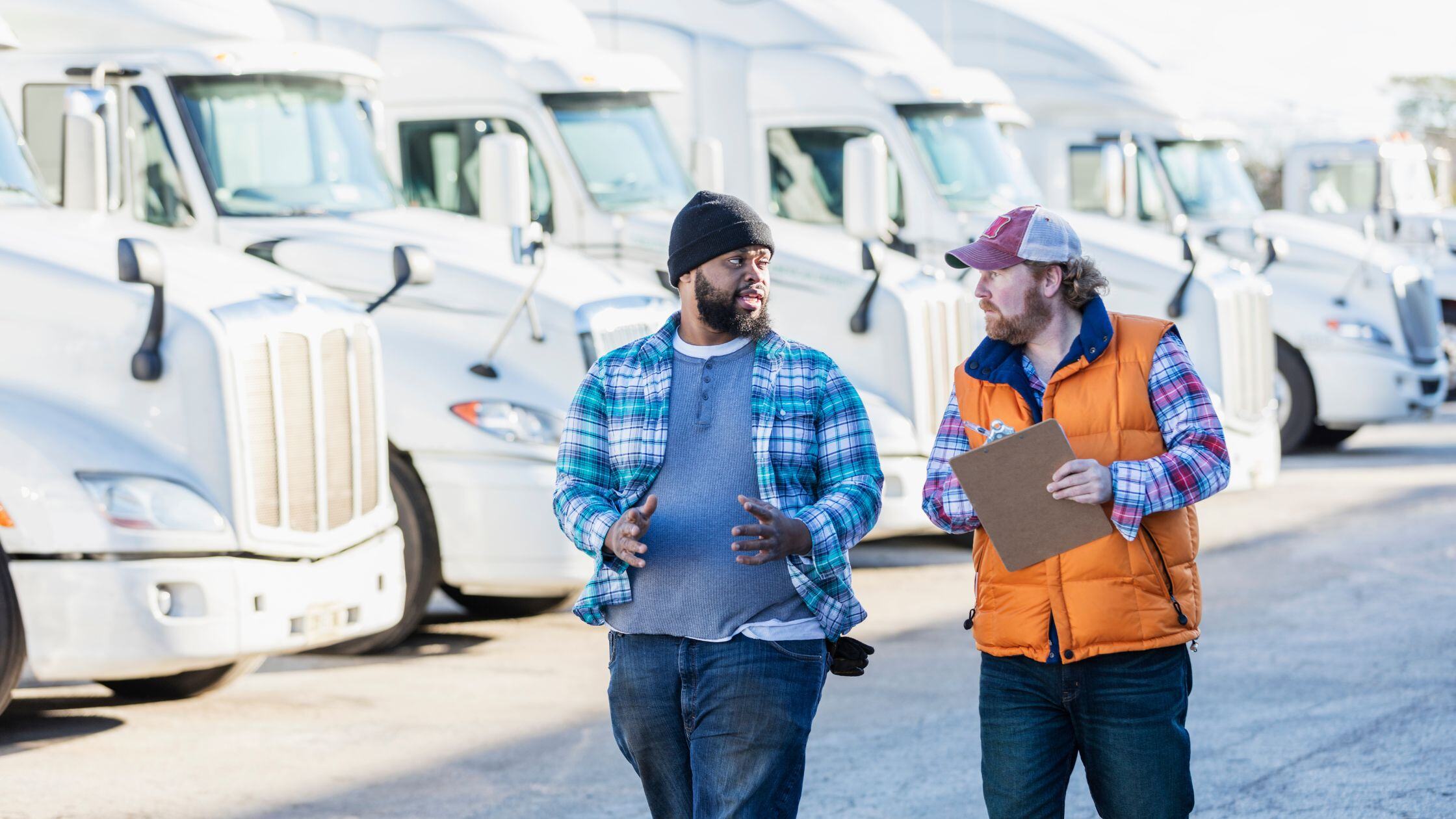
Related Case Studies
Explore how IoT remote monitoring is utilized in industries such as agriculture, healthcare, environmental management, and more. Remote monitoring paired with a data logger offers near-real-time insights into crucial data from a remote location. Ensuring timely decision-making and improved operational efficiency.